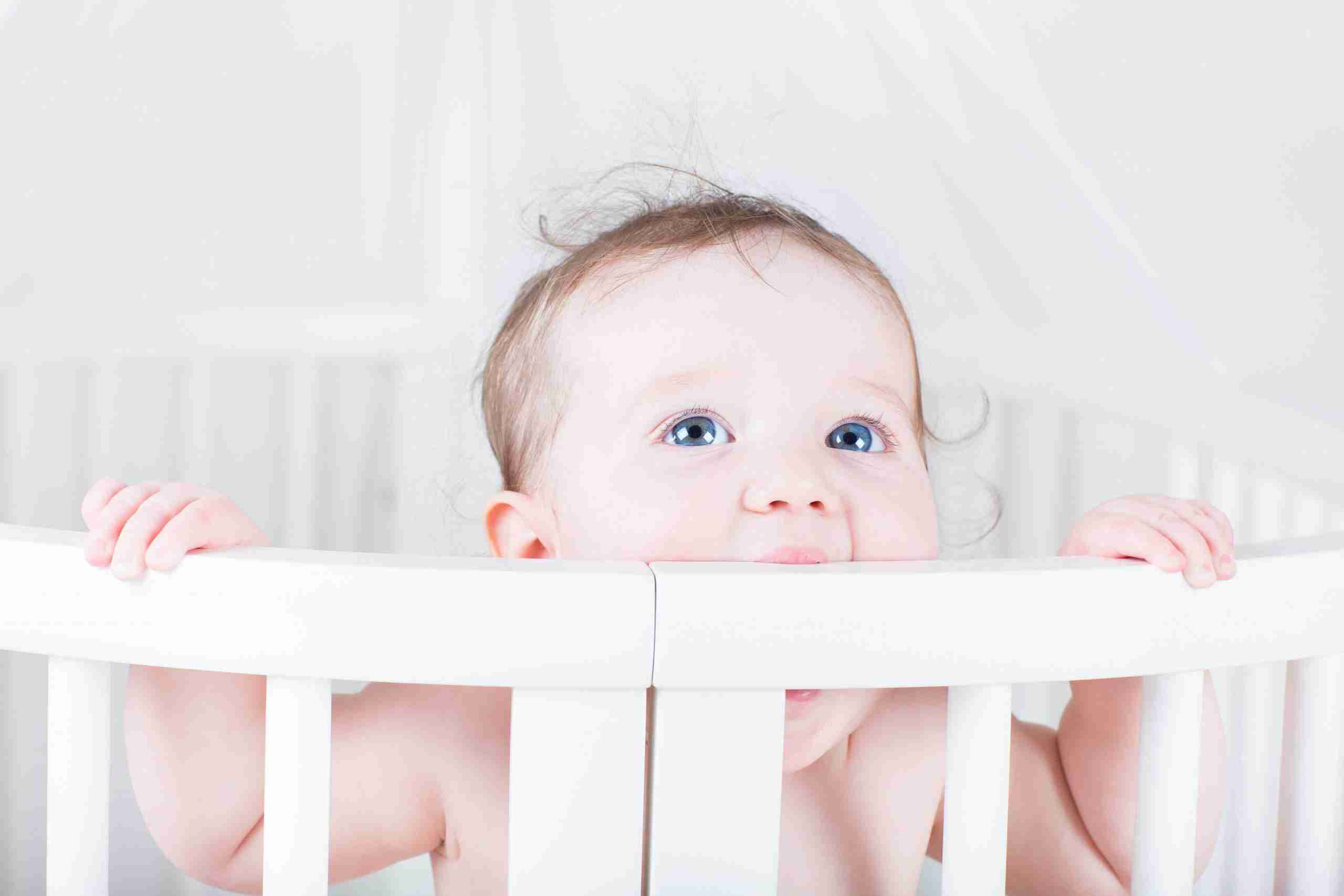
There are plenty discussion online about their baby chewing, biting cot, through varies age, 7 months to 24 months, plenty name calling as well. beavers etc. Check these online forum may helps to identify the real issue.
here, we want to cover the cause of teething, safety concern and prevent such with features of cot bed.
NHS guide: Every baby starts teething at a different point in their life. Some babies are born with their first teeth whereas others start teething before they are 4 months old, and some even start after 12 months! However, when it does happen, your baby will probably start gnawing on things to relieve the pain, and since they’re going to be spending a lot of time in their cot, it’s probably one of the first things they’ll start chewing on. (NHS guide for helping your teething baby.)
When it come to the cot, if you cot conforms to the BSEN716 safety standard, the paint and material would meet the requirement of traceable metal content. In other words, the paint and material are not toxic and your baby is not going to poison themselves whilst chewing . Also, the space between the slats should be less than 6.5cm, which means that your little one is unlikely to chew between slats which could lead to an accident.
You probably still don’t want your baby gnawing all over their cot, so let’s have a look at some ways that you can prevent this.
Many cots come with a teething rail as cots themselves aren’t designed to be chewed on. There are both fabric and plastic cot rail covers available which work equally well, giving extra protection to both your baby and the cot. If your cot bed do not has a teething rail, you should consider finding a different one.
Always check the cot base has been lowered to the bottom position, as this will reduce the chance of your baby reaching up to chew on the top. The lowest base position is the safest and you should always use it as soon as your baby able to sit up unaided.
As manufacturer, we have taken all appropriate measure to deliver a safe product, where baby manage to reach and champ out the paint work is beyond the established boundary of product safety, to prevent such isolated case, please carefully follow the instruction of safe use, provided with the cot.
more on safe use, in our guide and advice section of website








